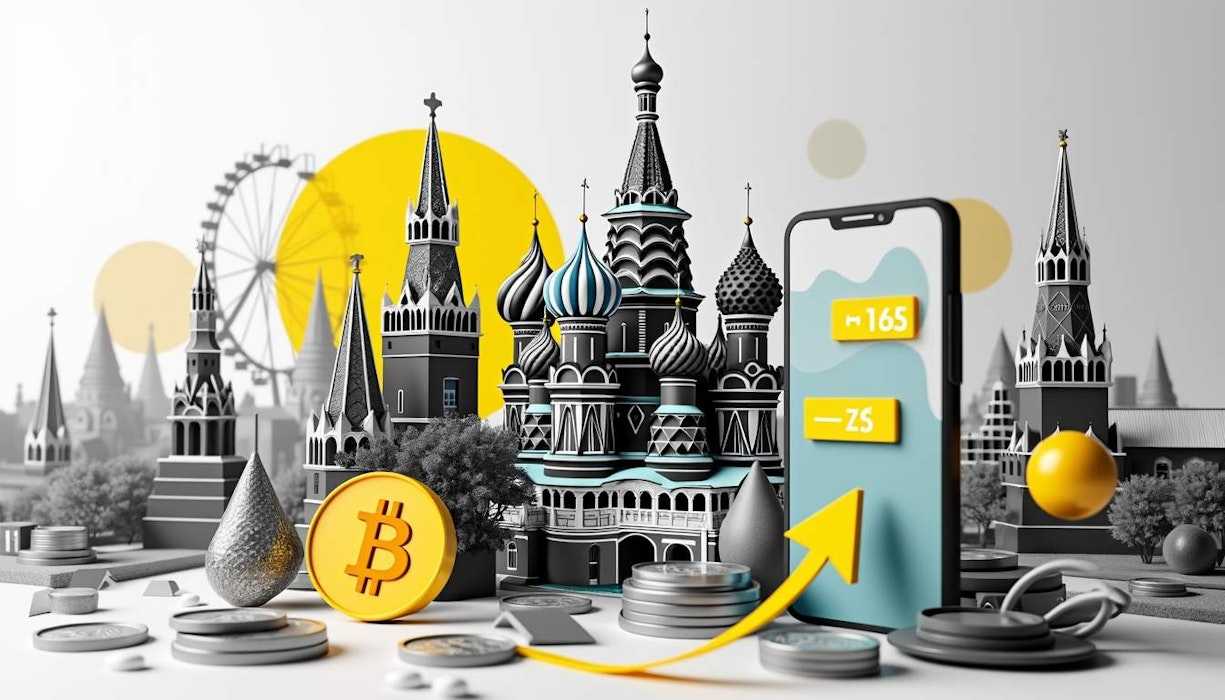What are Digital Financial Assets and How are They Used?
Q: What exactly are Digital Financial Assets (DFAs)?
A: Digital Financial Assets (DFAs) are essentially digital representations of value that can be traded or utilized for payments. They encompass a range of assets, including cryptocurrencies like Bitcoin, tokenized assets, and stablecoins. The blockchain technology underlying these assets ensures that transactions are secure, transparent, and efficient.
Q: How is Russia employing DFAs in trade?
A: Russia is utilizing DFAs in international trade primarily to navigate around economic sanctions and lessen its dependence on traditional banking systems. As confirmed by Russian Finance Minister Anton Siluanov, the government has granted approval for foreign trade transactions using DFAs and Bitcoin, marking a shift towards a more innovative global settlement system.
How Does Russia's Legal Framework Support DFA Usage?
Q: What legal foundation exists for the use of DFAs in trade?
A: An experimental legal framework for DFAs was established in Russia, which became effective in September 2024. This framework permits the use of digital assets in international trade, encompassing the legalization of Bitcoin mining. Siluanov noted that this step aligns with the current geopolitical landscape, positioning DFAs as the future of global settlements.
What are the Implications of Russia's DFA Strategy on Currency Dynamics?
Q: What impact does Russia's DFA strategy have on global currency dynamics?
A: The implications of Russia's DFA strategy on currency dynamics are multifaceted:
- Evasion of Sanctions: The use of DFAs allows Russia to circumvent Western sanctions, facilitating international trade despite restrictions on conventional banking avenues.
- New Payment Methods: DFAs create alternative channels for cross-border payments, diminishing the control of external entities over these transactions.
- Diminishing the Dollar's Role: The increased reliance on digital assets and local currencies, such as the Chinese renminbi, indicates a broader trend aimed at reducing dependency on the US dollar. This shift could potentially weaken the dollar's dominance in global trade and finance.
What are the Benefits and Risks of Using DFAs in International Trade?
Q: What benefits do DFAs offer in international trade?
A: The benefits of utilizing DFAs in trade include:
- Protection Against Hyperinflation: In economies facing hyperinflation, digital currencies can act as a stable store of value, safeguarding wealth and enabling transactions without the risk of rapid value depreciation.
- Accelerated Cross-Border Payments: DFAs facilitate near-instantaneous settlement of cross-border transactions, lowering costs by eliminating middlemen and enhancing security and transparency via blockchain technology.
- Broader Financial Inclusion: Digital currencies can provide alternative credit information for trade finance, assisting in closing the global trade financing gap, especially for small and medium-sized enterprises in emerging markets.
Q: What risks accompany the use of DFAs in international trade?
A: The risks of employing DFAs in trade encompass:
- Regulatory and Technical Hurdles: The large-scale adoption of digital currencies faces numerous technical and regulatory challenges, including interoperability, AML, CTF, and consumer protection issues.
- Exclusion from the System: A shift to digital assets may alienate individuals without access to technology, exacerbating the digital divide.
- Potential Financial Fragmentation: The widespread adoption of digital currencies can lead to fragmentation, currency substitution, and reduced policy effectiveness, particularly in high-inflation countries.
- Concerns about Governance and Security: Cryptocurrencies face scrutiny concerning governance, legal, and security issues that need to be addressed to ensure stable and secure usage.
How Does Russia's Legal Framework Influence Global Crypto Regulation?
Q: How might Russia's legal framework for DFAs affect other countries' crypto regulations?
A: Russia's legal framework for digital currencies could serve as a model for other countries, offering a regulatory structure that emphasizes taxation and clarity. This approach may attract other nations looking to regulate their crypto markets effectively.
Q: What is the significance of Russia's integration of digital assets?
A: Russia's decision to integrate cryptocurrencies into its financial and trade systems, while restricting their use as a means of payment, signifies a balanced approach. This acknowledges the potential benefits of cryptocurrencies while maintaining regulatory oversight.
In conclusion, Russia's strategic use of digital financial assets in trade is reshaping the landscape of currency dynamics and challenging traditional financial practices. The implications are vast, and while the benefits are significant, the risks also raise questions about the future of global finance.
